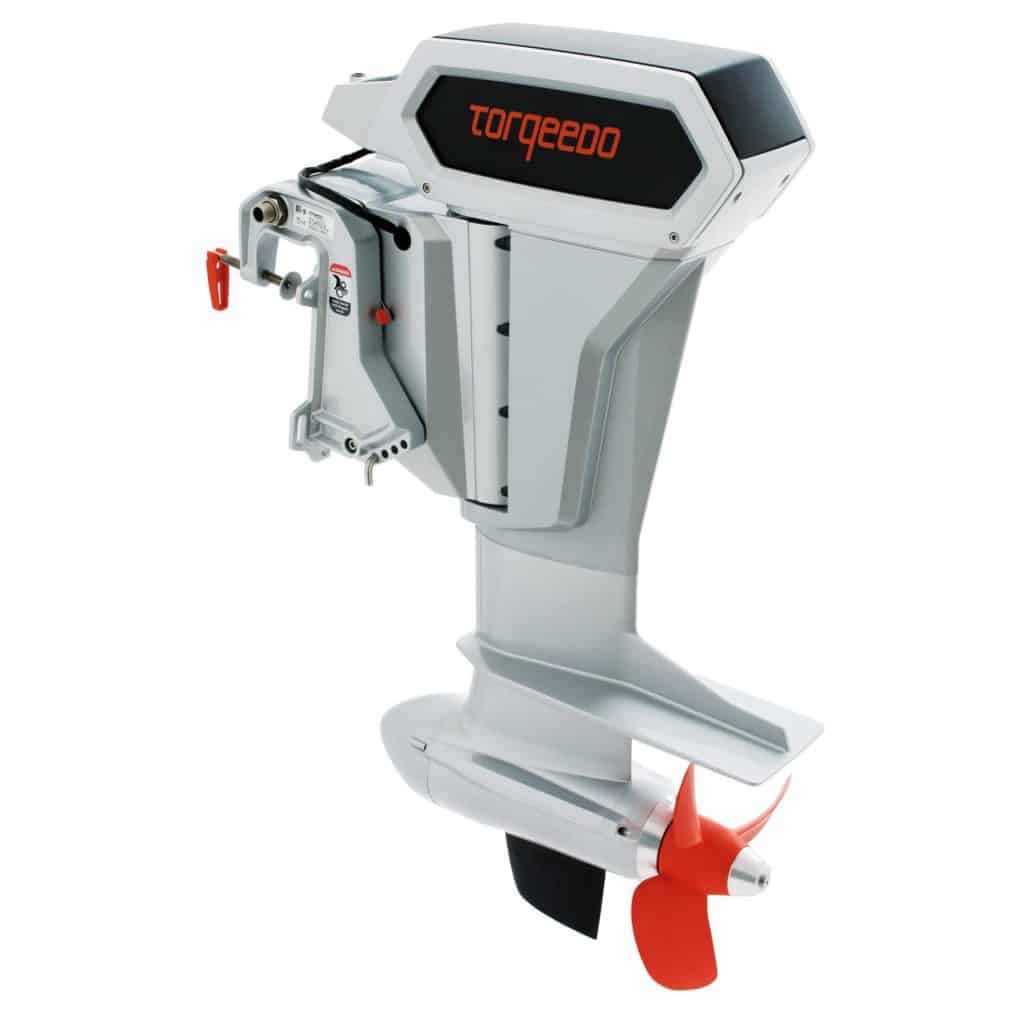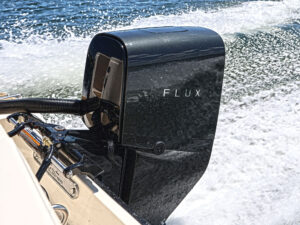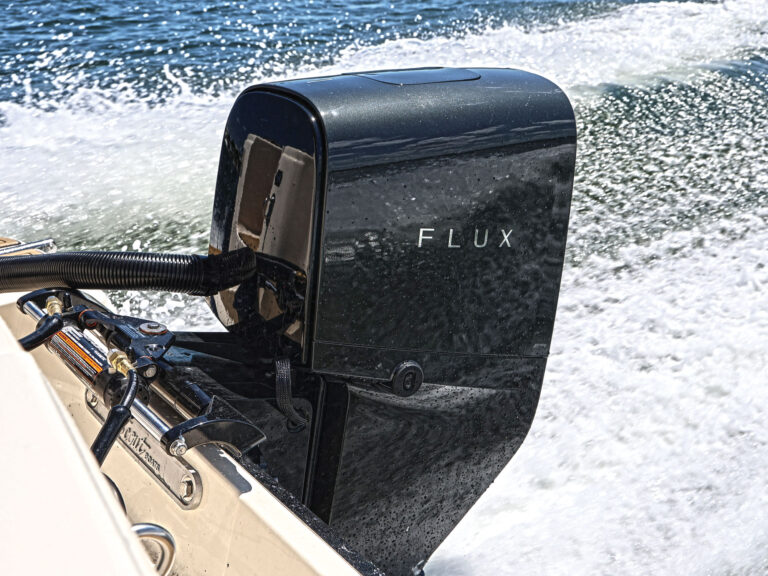
The answer is possibly, but in the United States, at least, the process is going to be evolutionary, not revolutionary.
Electric power has been growing steadily but silently just like the whisper-quiet engines run. We’ve been in electric runabouts that can hum across the water so quietly, the shush of the water drowns the murmur of the motor. And one motor, Torqeedo’s Deep Blue 50 kW (80 hsp) powerplant, recently earned Top Gun in the world-famous Lake Rescue Shootout at Lake of the Ozarks in Missouri last summer.
It wasn’t the fastest electric boat on the water, but it was the fastest one with the nerve to enter the shootout. Now the shootout has its own class of electric boats, and there is bound to be more competition in 2019.
But will electric power go mainstream? Over time, electric-motor makers like Torqeedo and Elco will ease into ideal applications, partnering with boatbuilders to create optimum hull designs that maximize the electric power. It’s a predictable process, inevitable in its approach, and it’s not unlike one boaters have already been through: the advent of the four-stroke outboard.
Those new-age (back in the day) green machines began to gain traction in the early ’90s, even though they were slow and heavy. Those liabilities were the antithesis to outboard engineering to that date, and though their heavy four-stroke valve train was cleaner, boats couldn’t carry it gracefully on their transom. Evolution kicked in. Boat owners began to see the benefits of them, and boatbuilders began to build boats with wider, deeper transoms to carry them. By the time four-strokes left two-strokes in their wake, motor-makers had trimmed their weight back to the svelte numbers previously achievable only by two-strokes. As a result, most boats today have the better seakeeping abilities of wider, deeper transoms.
We think electric propulsion will grow and likewise become mainstream. Don’t scoff. General Motors will have 20 electric cars by 2023. BMW will add 12 electric cars by 2025.
Then GM showed its custom Forward Marine pontoon boat at the 2019 Miami Boat Show.
“The challenges in boating are greater,” says Trevor Fayer,
GM’s controls integration engineer. “The main reason is getting the battery capacity needed to push the boat. The batteries get really big.”
Poorly engineered lithium batteries can be volatile too, burning fiercely if compromised in an impact or an eroded connection. Poor battery management can lead to problems. Recall the cheap imported hoverboards that burst into flame? Or the expensive Samsung Galaxy phone that handed out hot pockets? So, manufacturers such as GM and Torqeedo spend millions in researching the best, safest battery management systems so trouble never happens.
Torqeedo builds excellent motors but shines brightest in the genius of its electronic battery management systems that optimize battery power and mitigate safety concerns. In fact, Deutz, Europe’s answer to Caterpillar, recently acquired Torqeedo to share those technologies in its engine business.
For GM, migrating into electric marine propulsion is a natural. After all, GM has been the primary provider of gasoline engine blocks to the marine industry for practically forever. Its propulsion systems are widely varied, well-proven in millions of highway miles, and many are ready to launch. GM’s pontoon boat is an excellent example of an engineering marriage of the right hull and boating activity with the right electric propulsion to optimize boating fun. “When we look forward, we see a lot more applications on the horizon,” Fayer concludes.








